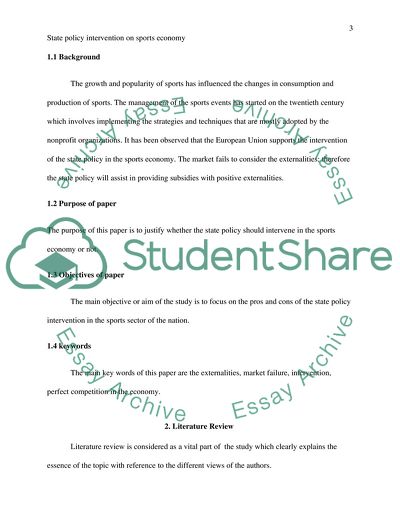Cite this document
(“State policy intervention on sports economy Term Paper”, n.d.)
State policy intervention on sports economy Term Paper. Retrieved from https://studentshare.org/macro-microeconomics/1695167-the-effect-or-the-rationale-of-state-policy-intervention-on-sports-economy
State policy intervention on sports economy Term Paper. Retrieved from https://studentshare.org/macro-microeconomics/1695167-the-effect-or-the-rationale-of-state-policy-intervention-on-sports-economy
(State Policy Intervention on Sports Economy Term Paper)
State Policy Intervention on Sports Economy Term Paper. https://studentshare.org/macro-microeconomics/1695167-the-effect-or-the-rationale-of-state-policy-intervention-on-sports-economy.
State Policy Intervention on Sports Economy Term Paper. https://studentshare.org/macro-microeconomics/1695167-the-effect-or-the-rationale-of-state-policy-intervention-on-sports-economy.
“State Policy Intervention on Sports Economy Term Paper”, n.d. https://studentshare.org/macro-microeconomics/1695167-the-effect-or-the-rationale-of-state-policy-intervention-on-sports-economy.


